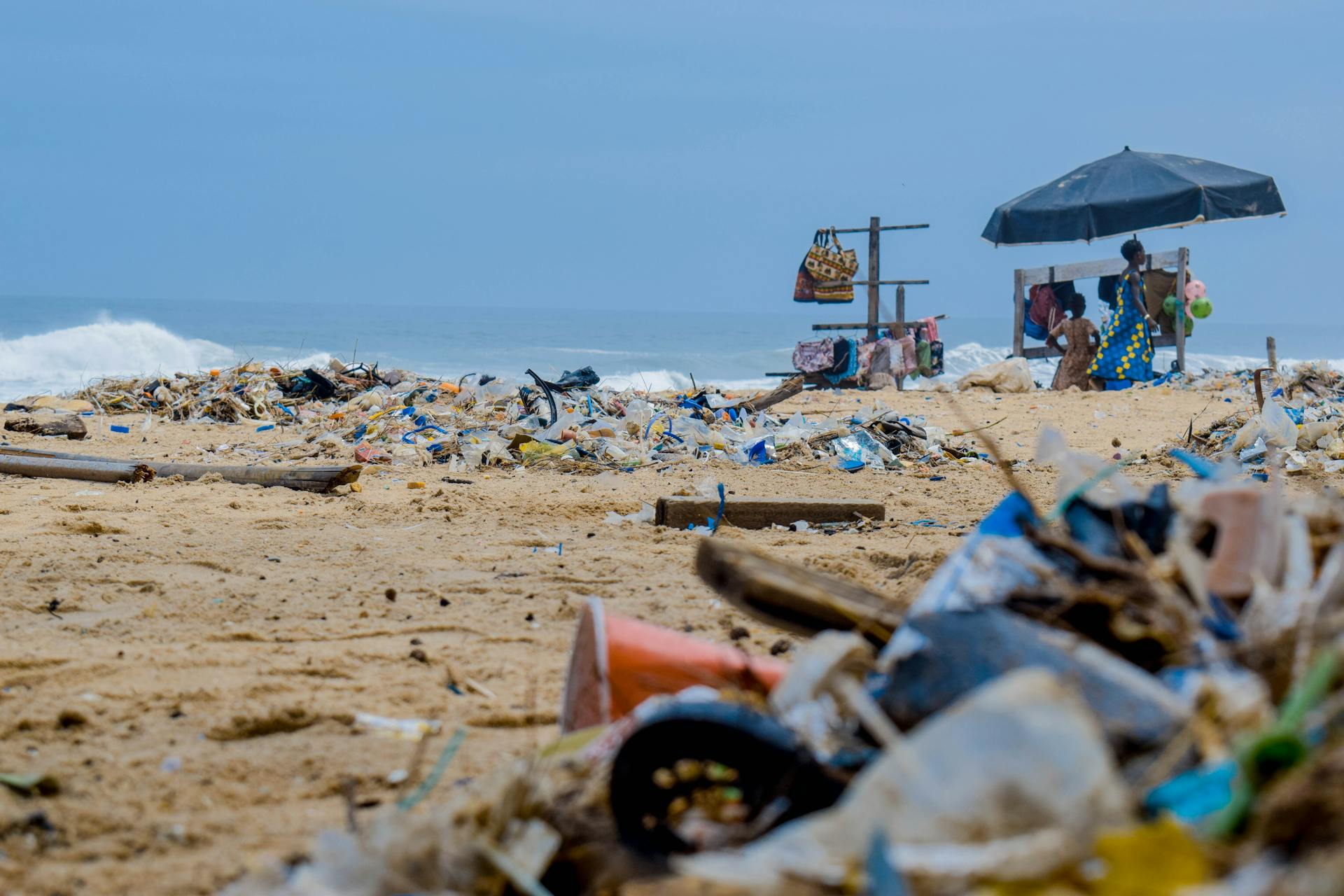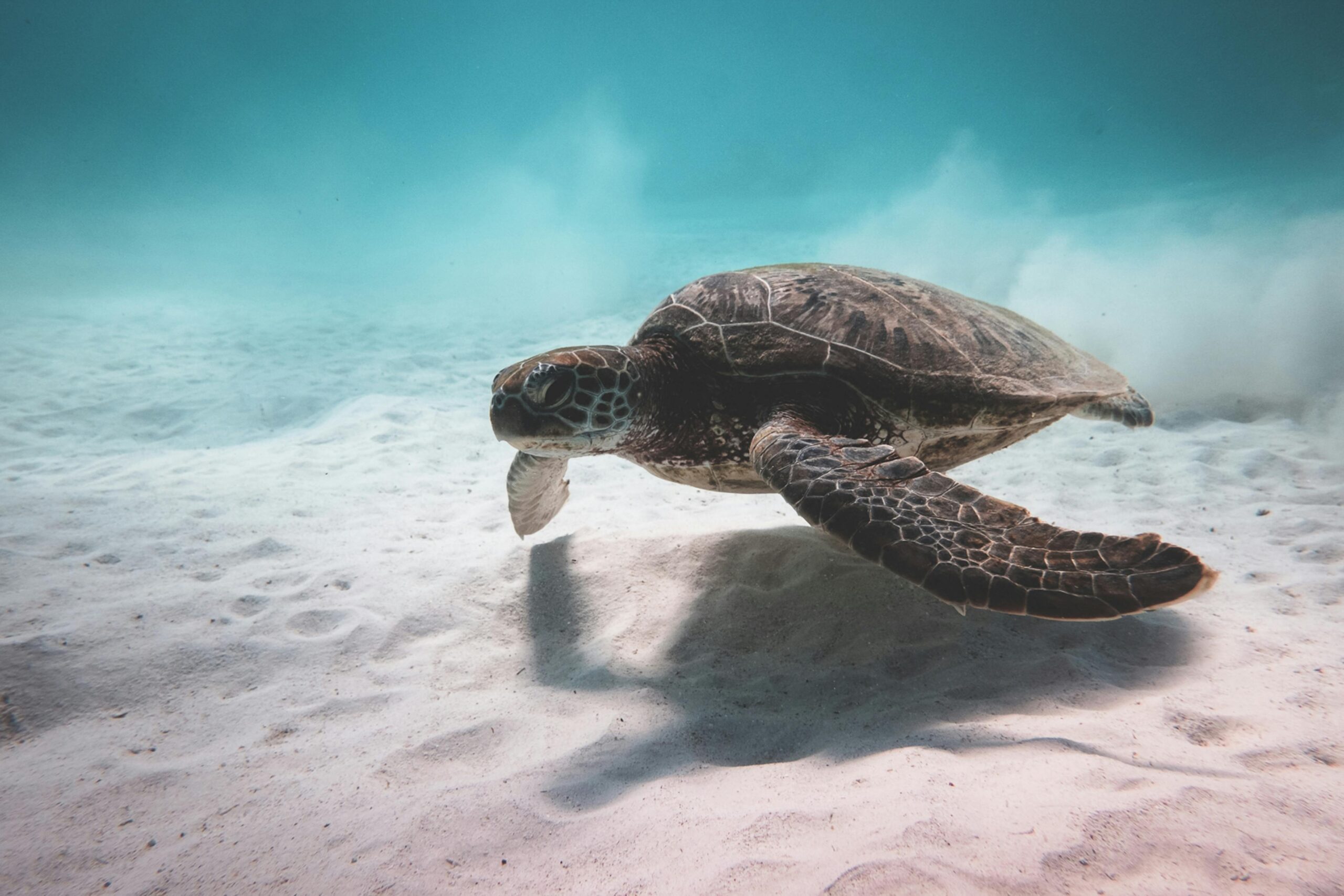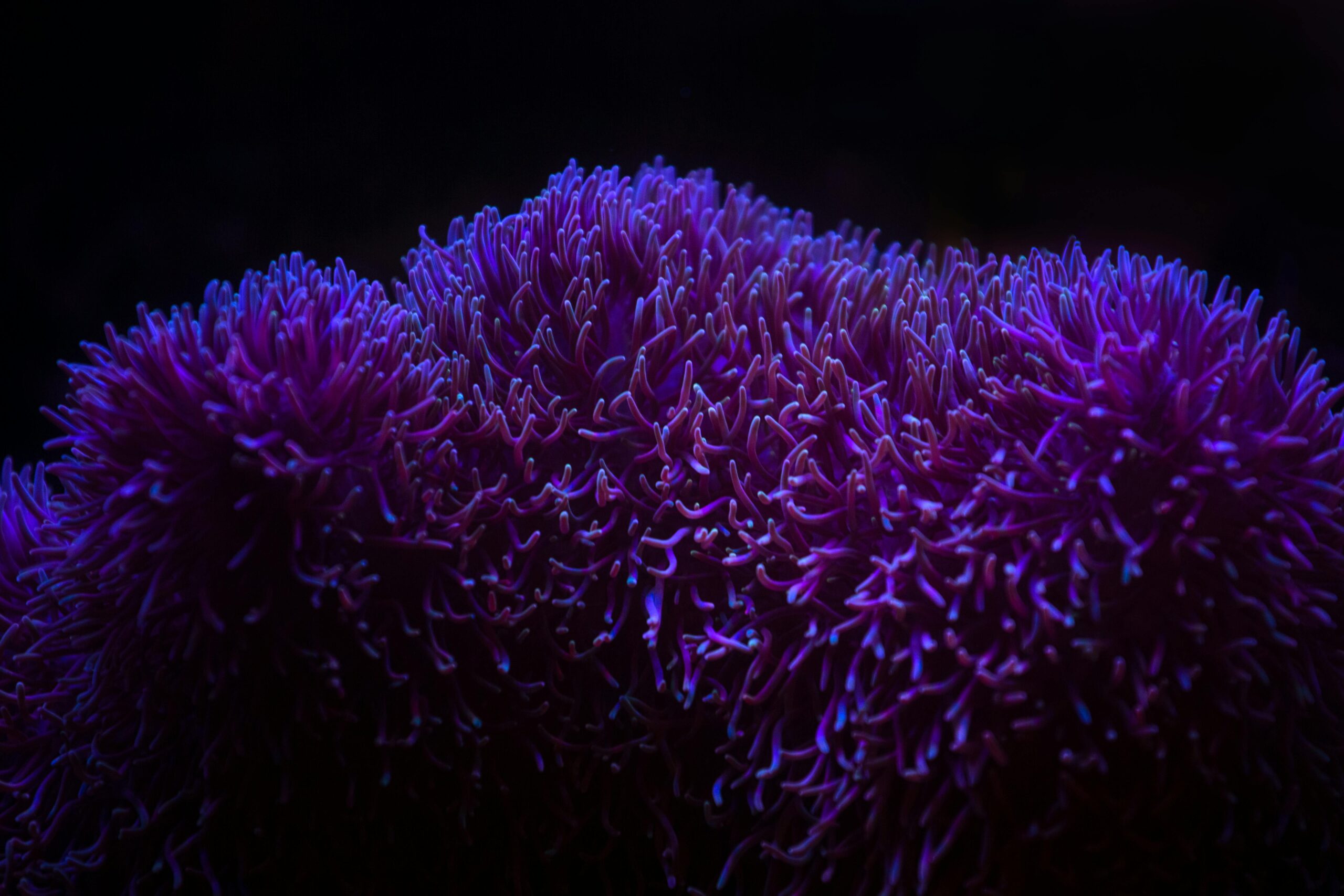Imagine a vast ocean teeming with vibrant marine life, where colorful coral reefs once thrived and schools of fish darted through clear waters. Now, picture this pristine scene marred by a relentless wave of plastic debris—bottles, bags, and microplastics that drift aimlessly, choking the very life it was meant to sustain. Plastic pollution has transformed our oceans into a graveyard of waste, and the toll on marine ecosystems is as profound as it is devastating.
Plastic pollution is the pervasive presence of synthetic plastic materials in the environment, particularly in our oceans. Defined as any plastic waste that enters the marine environment and persists over time, it encompasses everything from large, visible debris to microscopic fragments known as microplastics. This pollution originates from various sources, including improper waste disposal, industrial activities, and even stormwater runoff, which carry plastic products and packaging into waterways.
Addressing plastic pollution is crucial not only for the health of our oceans but also for the well-being of our planet. Marine ecosystems are intricately balanced, and the introduction of plastic waste disrupts this delicate equilibrium. From entangling sea turtles to being ingested by fish, the impact on marine life is severe and often fatal. Moreover, the economic repercussions are significant, affecting fisheries, tourism, and coastal communities. Additionally, as plastics break down, they release harmful chemicals that can ultimately find their way into the human food chain, posing serious health risks.
In the face of this crisis, understanding the gravity of plastic pollution and the pressing need for effective solutions becomes paramount. Our actions today will determine the future health of our oceans and, consequently, the broader environmental and economic systems that depend on them.
The Impact of Plastic Pollution on Marine Life
Plastic pollution poses a severe threat to marine life, manifesting through ingestion, entanglement, and ecosystem disruption.
Ingestion of Plastic by Marine Animals
Marine animals, including sea turtles, seabirds, and fish, frequently mistake plastic debris for food. Sea turtles, for example, are known to ingest plastic bags, which they confuse with jellyfish. This ingestion can lead to internal injuries, blockages, and, ultimately, starvation. Seabirds, such as albatrosses, also fall victim to plastic pollution, often ingesting plastic fragments which accumulate in their stomachs, leading to malnutrition or death. Fish and other marine species face similar fates as they consume microplastics and plastic particles, which can cause internal damage and disrupt their feeding and digestion processes.
Entanglement in Plastic Debris
Entanglement in plastic debris is another critical issue affecting marine life. Whales, seals, and seabirds are among the most affected by this problem. Large plastic items, such as fishing nets and six-pack rings, can ensnare marine animals, causing severe injuries or death. Entangled animals often experience restricted movement, leading to difficulty in feeding, drowning, or even limb amputation. The sight of a whale or seal struggling in discarded fishing gear underscores the urgent need to address plastic waste in our oceans.
Disruption of Marine Ecosystems
The impact of plastic pollution extends beyond individual animals to disrupt entire marine ecosystems. Coral reefs, vital for marine biodiversity, suffer when plastic debris smothers them, blocking sunlight and hindering their growth. This smothering effect can lead to coral bleaching and decreased reef health. Furthermore, as plastics break down, they release harmful toxins that accumulate in the marine food chain, affecting everything from plankton to larger predators. This bioaccumulation of toxins can impair reproductive and developmental processes in marine species and eventually pose risks to human health through seafood consumption.
Microplastics and Their Effects
Microplastics, tiny fragments resulting from the breakdown of larger plastic items, are pervasive in the ocean. These particles are ingested by plankton and small marine organisms, disrupting their health and behavior. Microplastics can carry toxic substances and pathogens, which are then transferred up the food chain to larger marine animals and potentially to humans. The widespread presence of microplastics in seafood poses emerging health risks and underscores the need for comprehensive solutions to mitigate plastic pollution.
Current Efforts and Solutions
International Agreements and Policies
Global efforts to combat plastic pollution include treaties and agreements such as the MARPOL Convention and the Basel Convention, which regulate the disposal of hazardous materials and aim to reduce plastic waste. National and regional policies also play a crucial role, with many countries implementing plastic bag bans and enhancing recycling programs. These regulations help reduce the production and disposal of plastic products, aiming to curb their environmental impact.
Innovations in Plastic Alternatives
In response to the plastic crisis, there has been a surge in developing biodegradable and compostable materials designed to replace traditional plastics. Advances in sustainable packaging, such as plant-based and recyclable materials, offer promising alternatives that could significantly reduce plastic waste. Innovations like these are crucial for creating a circular economy where plastic materials are reused and repurposed rather than discarded.
Cleanup and Recycling Initiatives
Numerous cleanup projects are underway to tackle plastic pollution. Organizations like The Ocean Cleanup are developing technologies to collect plastic debris from the ocean and river systems. Local and global beach cleanup efforts also contribute to reducing plastic waste. Improvements in recycling technologies are enhancing the efficiency of plastic waste processing, transforming it into valuable materials for reuse.
Role of Education and Awareness
Raising public awareness about plastic pollution is essential for driving change. Public awareness campaigns educate people about the impacts of plastic waste and encourage responsible consumption and disposal practices. Educational programs in schools and communities also play a vital role in fostering long-term behavior changes that contribute to reducing plastic pollution.
Challenges and Barriers
Economic and Industrial Obstacles
The transition from traditional plastics to alternatives often faces economic challenges. Biodegradable and sustainable materials can be more expensive to produce than conventional plastics, leading to resistance from industries reliant on cheap plastic products. Overcoming these economic barriers requires investment in research and incentives for adopting eco-friendly practices.
Technical and Logistical Issues
Recycling and waste management systems face technical and logistical difficulties, such as the sorting and processing of contaminated plastic waste. Collecting and disposing of ocean plastics presents further challenges, given the vast and dispersed nature of marine debris. Addressing these issues necessitates advancements in technology and improved waste management infrastructure.
Political and Regulatory Hurdles
The effectiveness of policies designed to reduce plastic pollution can be hindered by variability in implementation and enforcement. Greater international cooperation and stronger regulatory frameworks are needed to ensure consistent and effective action across borders.
Future Directions and Recommendations
Enhancing Research and Innovation
To tackle plastic pollution effectively, continued research and innovation are crucial. Developing new materials and technologies that reduce plastic waste and improve recycling processes will play a significant role. Enhanced tracking methods for monitoring plastic waste can also aid in better managing and reducing plastic pollution.
Strengthening Global Collaboration
Strengthening coordination between governments, NGOs, and the private sector is essential for addressing plastic pollution on a global scale. Supporting international agreements and local initiatives will help create a unified approach to tackling this pressing issue.
Promoting Sustainable Practices
Encouraging changes in consumer behavior and supporting businesses that prioritize sustainability are key to reducing plastic pollution. Promoting practices such as reducing single-use plastics, embracing reusable alternatives, and supporting innovative solutions will contribute to a cleaner ocean.
Conclusion
Plastic pollution’s impact on marine life is profound and far-reaching, affecting species health, ecosystem balance, and even human well-being. While current efforts offer hope, ongoing innovation, collaboration, and sustainable practices are essential for creating a cleaner ocean. The urgency of the situation demands continued commitment and action to protect our marine environments for future generations.
Frequently Asked Questions
1. What is plastic pollution, and how does it affect marine life?
Plastic pollution refers to the accumulation of plastic products in the oceans and other bodies of water, which can have detrimental effects on marine life, including ingestion, entanglement, and habitat destruction.
2. What are the main sources of plastic pollution in oceans?
Major sources include land-based activities (like littering and poor waste management), fishing activities, and runoff from rivers and urban areas.
3. How does plastic pollution impact human health?
Microplastics can enter the food chain through fish and other seafood, potentially leading to human exposure and health risks.
4. What are some common types of plastics found in the ocean?
Common types include plastic bags, bottles, straws, fishing gear, and microbeads from personal care products.
5. What solutions are being proposed to combat plastic pollution in oceans?
Solutions include reducing plastic use, promoting recycling, implementing bans on single-use plastics, and enhancing waste management systems.
6. How can individuals contribute to reducing plastic pollution?
Individuals can reduce plastic use by opting for reusable products, participating in local clean-up events, and advocating for better waste management policies.
7. What role do governments play in addressing plastic pollution?
Governments can enact laws and regulations to limit plastic production and use, support research on alternatives, and invest in clean-up and education initiatives.
8. Are there any organizations dedicated to combating plastic pollution?
Yes, numerous organizations, such as The Ocean Cleanup, Surfrider Foundation, and Plastic Pollution Coalition, are actively working to address plastic pollution through various initiatives.


